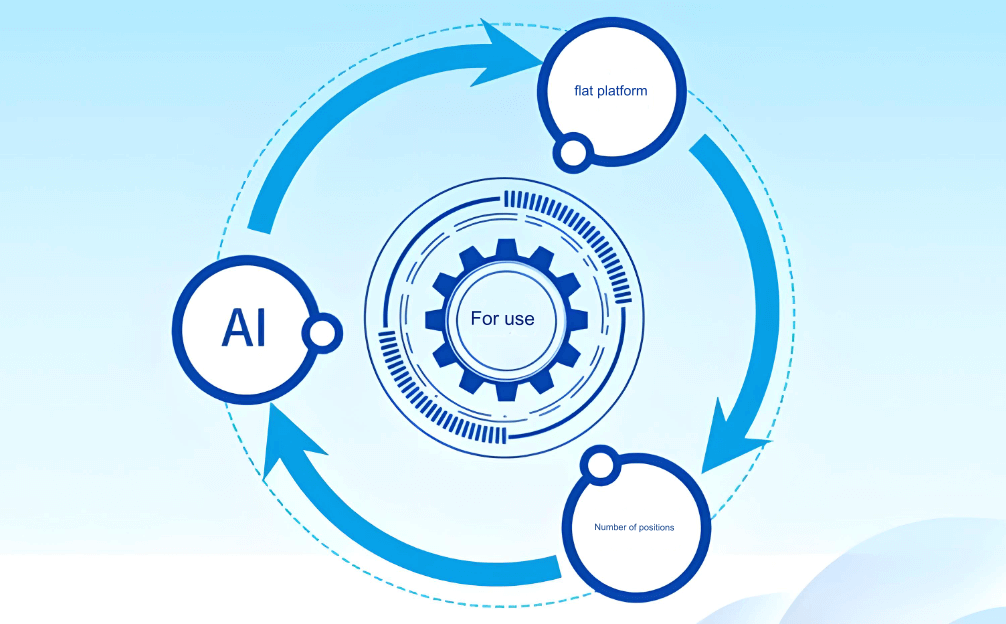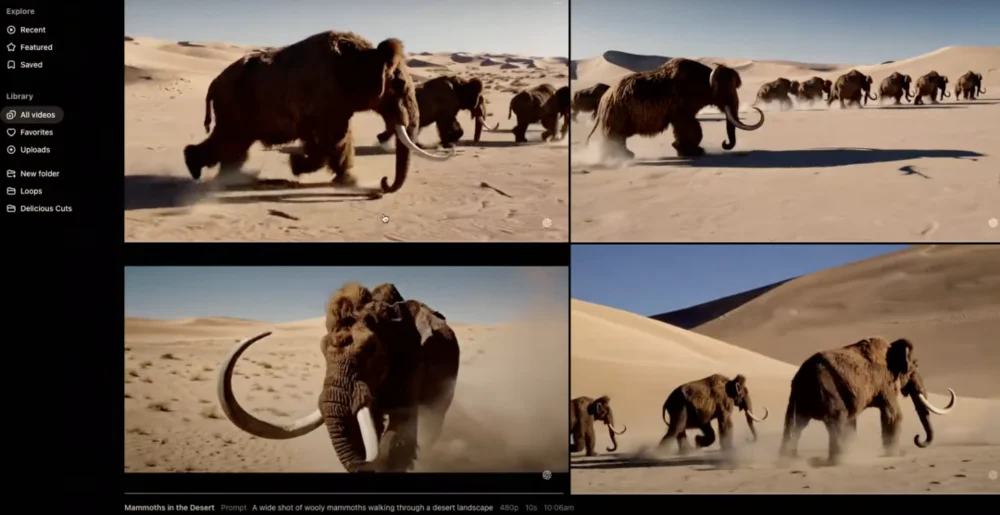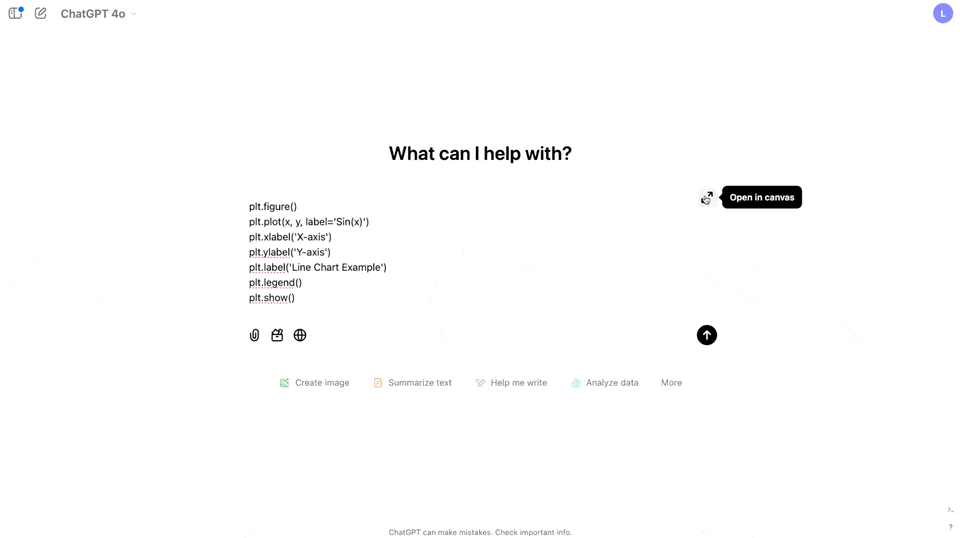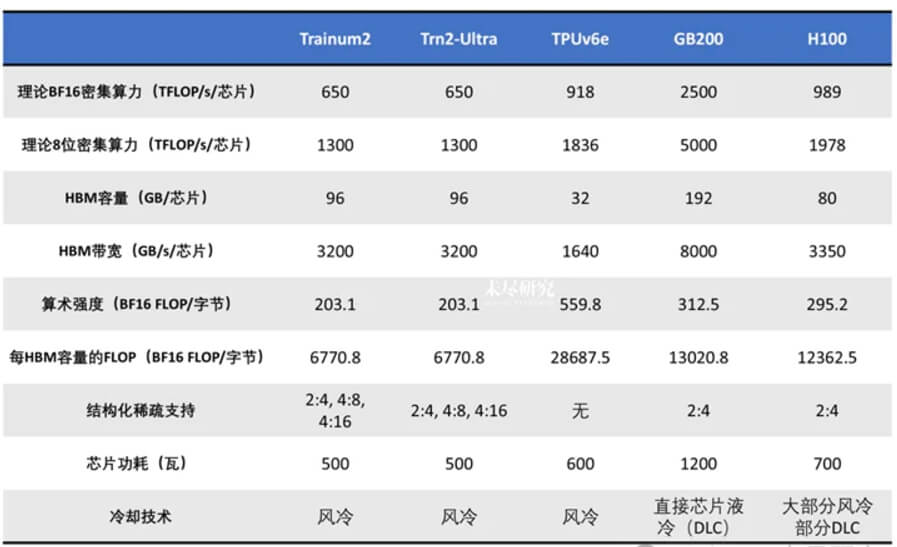Data visualization is a key tool that helps mobility companies understand data more intuitively and make quick decisions.
In the digital age, data-driven strategies have become the driving force behind innovation and development in the mobility industry. From vehicle-sharing services, real-time traffic updates, dynamic pricing mechanisms, to optimized matching between passengers and drivers, all these advancements are the result of evolving data analytics. This article delves into how the mobility industry leverages technologies such as data collection, real-time data processing, behavioral analysis, and multidimensional feature analysis to drive business innovation and enhance operational efficiency.

Accurate Data Collection and Real-Time Processing
Any data-driven strategy begins with accurate and efficient data collection. In the mobility industry, real-time data collection is particularly critical, encompassing user location, travel routes, and traffic conditions. For instance, using distributed data processing platforms like Apache Kafka allows companies to handle large-scale real-time data streams effectively. By deploying appropriate tools such as Flink or Spark Streaming for data processing, companies can monitor and respond to changes in traffic conditions in real time, optimizing routes and reducing delays.
Behavioral Analysis and Building User Profiles
In-depth analysis of user behavior helps mobility service providers better understand their customer base and optimize service offerings. By implementing event tracking and managing user tags, companies can capture essential user behavior data and apply it to construct user profiles. For example, by analyzing users' past trips, frequency, and preferences, personalized route recommendations and discount strategies can be created. The combination of data lakes and data warehouses (unified lakehouse architecture) provides robust support for storing and analyzing large volumes of heterogeneous data.
Multidimensional Feature Analysis for Fine-Tuned Operations
Another critical application in the mobility industry is multidimensional feature analysis, which considers factors such as weather conditions, holidays, and regional events. By using OLAP (Online Analytical Processing) technologies, businesses can quickly query and analyze data across multiple dimensions. For example, OLAP tools like StarRocks enable analysts to gain insights quickly, optimizing resource allocation, such as vehicle distribution and dispatching strategies.
Real-Time Computing and Dynamic Response
During peak demand periods, dynamically adjusting resource allocation is a major concern for the mobility industry. By utilizing real-time computing frameworks such as Apache Flink, companies can process customer requests and traffic data in real time. This capability allows businesses to adjust resources dynamically, such as dispatching more vehicles to high-demand areas or preparing enough capacity ahead of large events.
Enhancing Decision-Making Efficiency Through Visualized Big Data Analysis
Data visualization is a crucial tool that helps mobility companies understand data more intuitively and make quick decisions. Using BI tools and digital dashboards, management can easily view key business metrics such as user activity, order volume, and revenue. These tools not only enhance the efficiency of data reporting but also help decision-makers identify trends and anomalies in complex data sets.
Each of these points demonstrates how the mobility industry leverages various data technologies, not only optimizing customer experience but also significantly enhancing operational efficiency. This is a clear example of how data technologies are revolutionizing the mobility sector. From data collection to in-depth analysis, every step is critical in building a data-driven ecosystem, and ongoing technological innovation and applications will continue to propel the industry forward.







